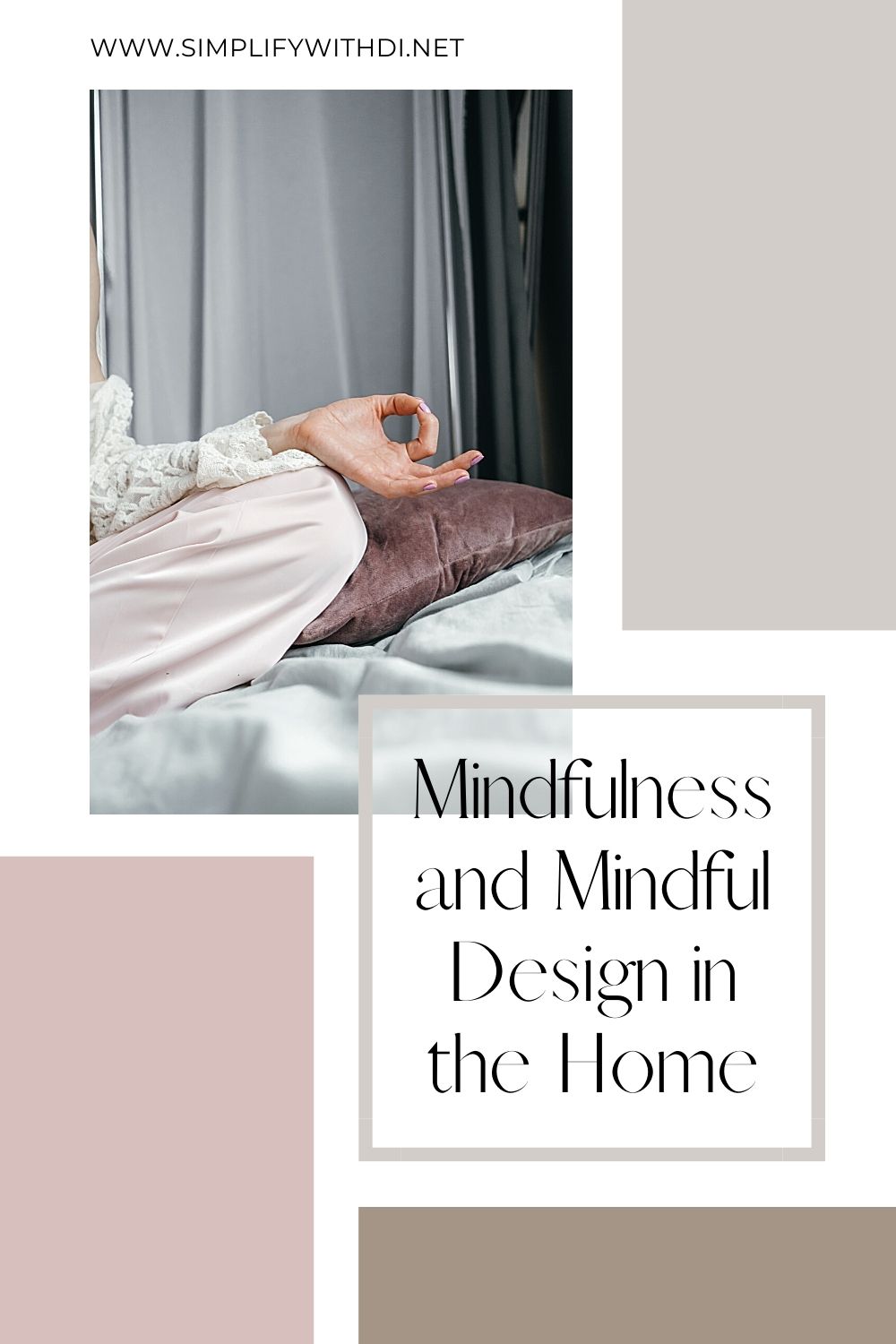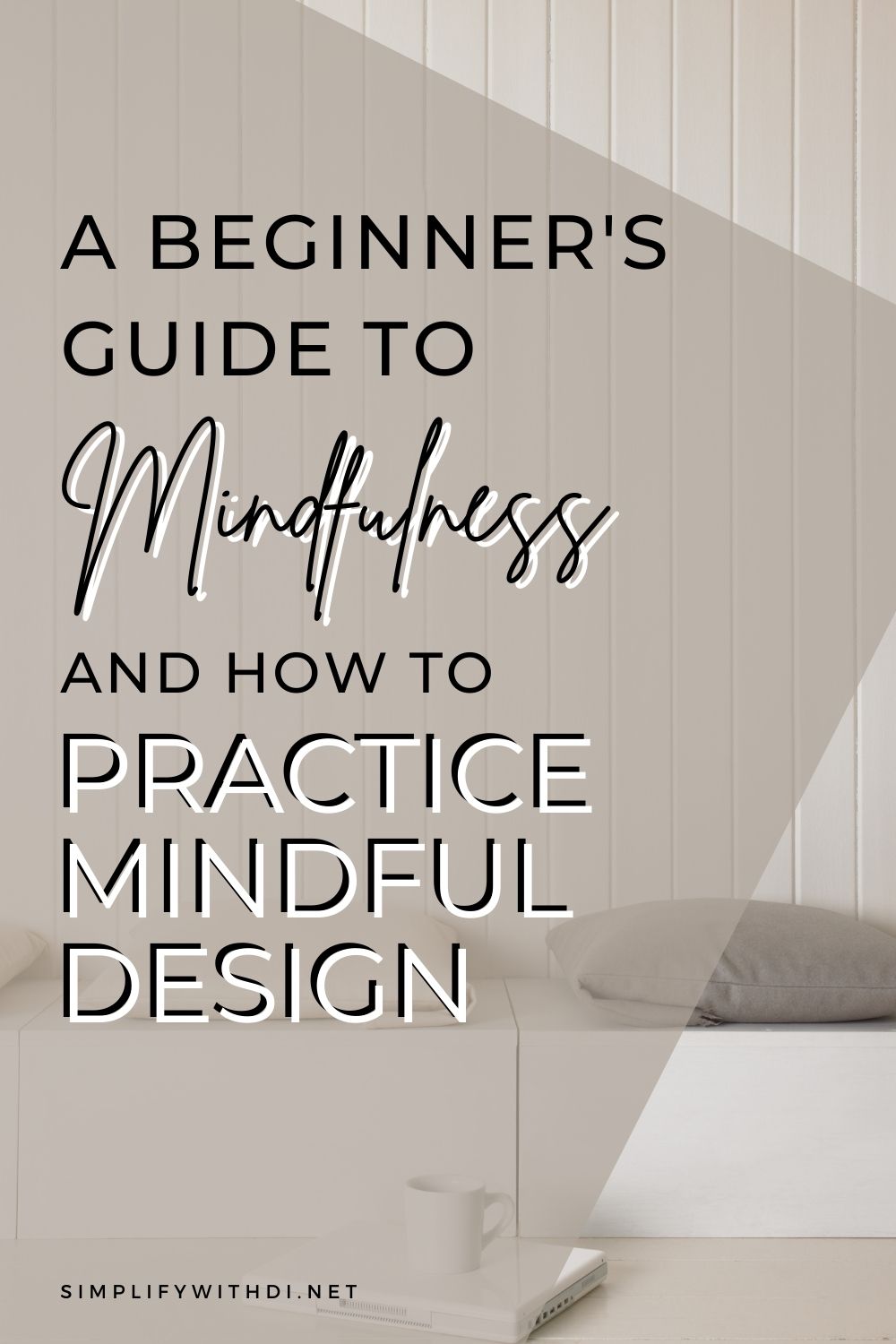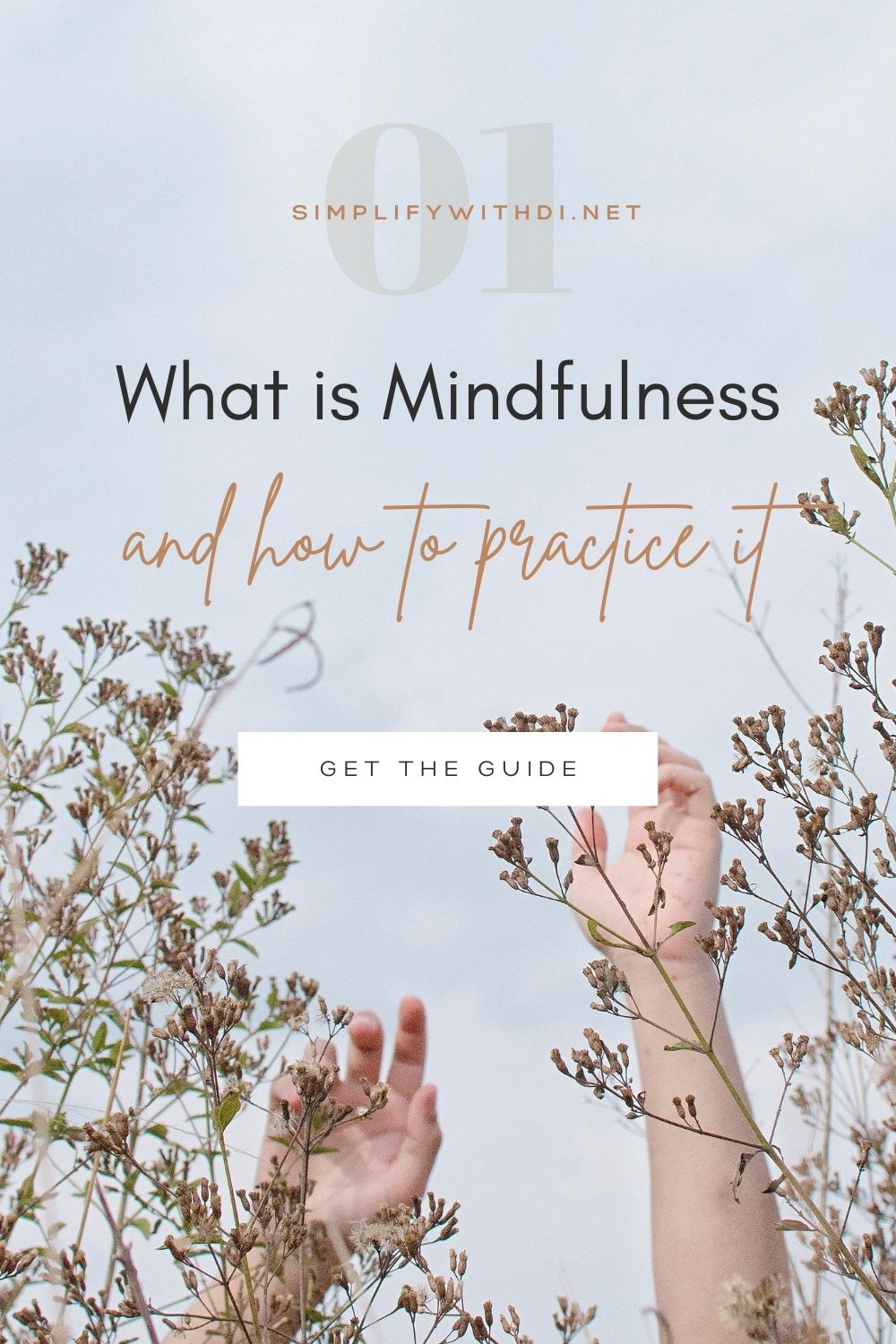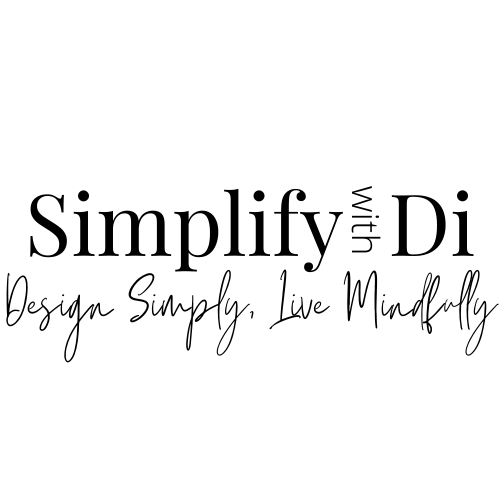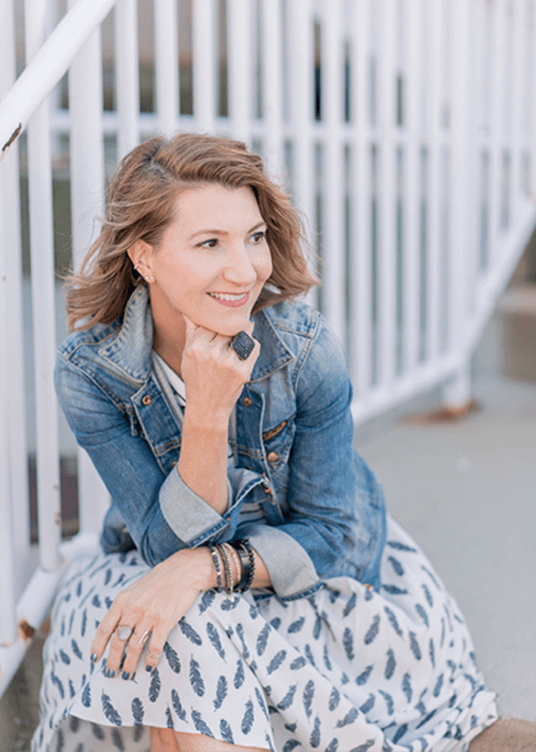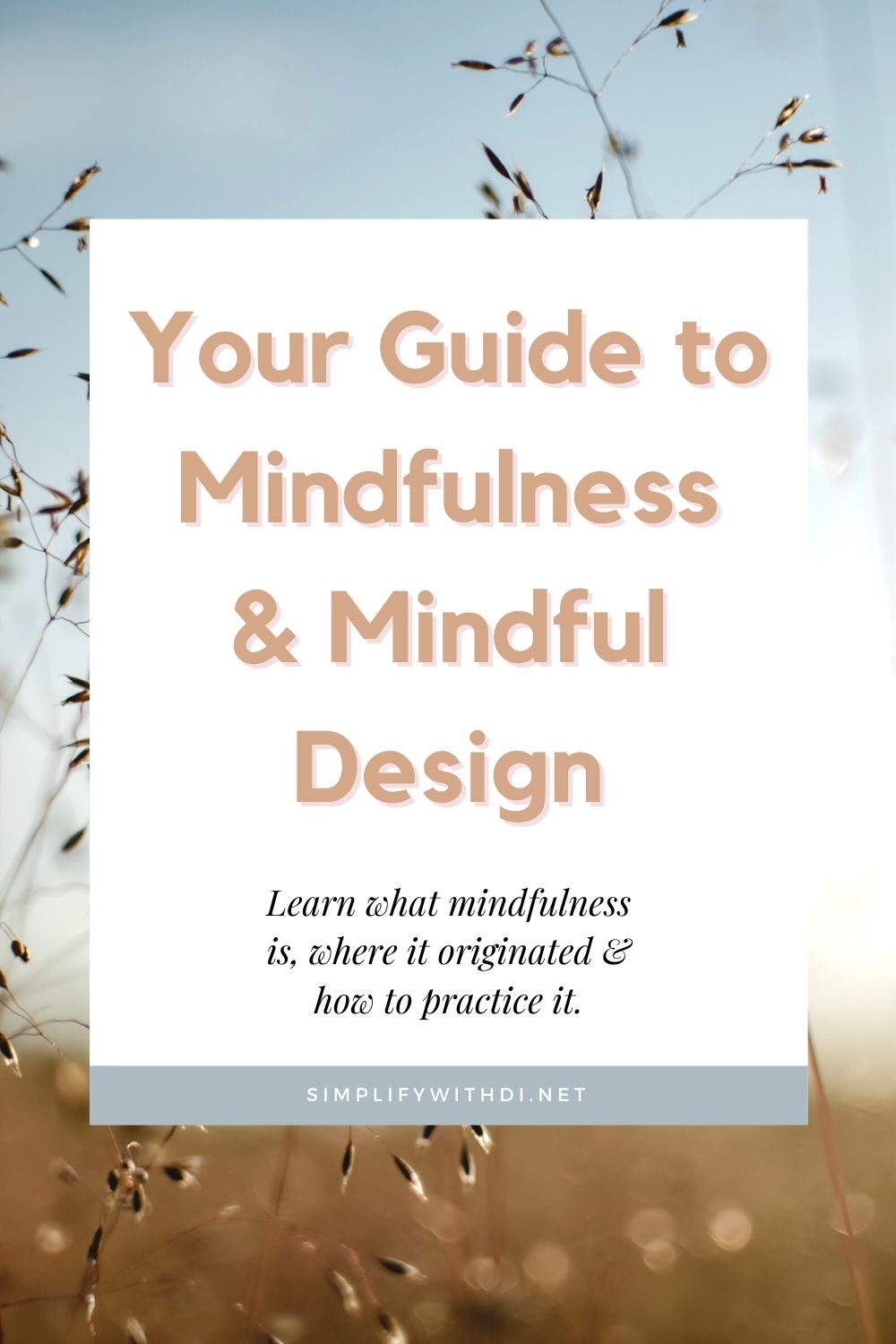
“Mindfulness is about being fully awake in our lives. It’s about perceiving the exquisite vividness of each moment.”
– Jon Kabat-Zinn
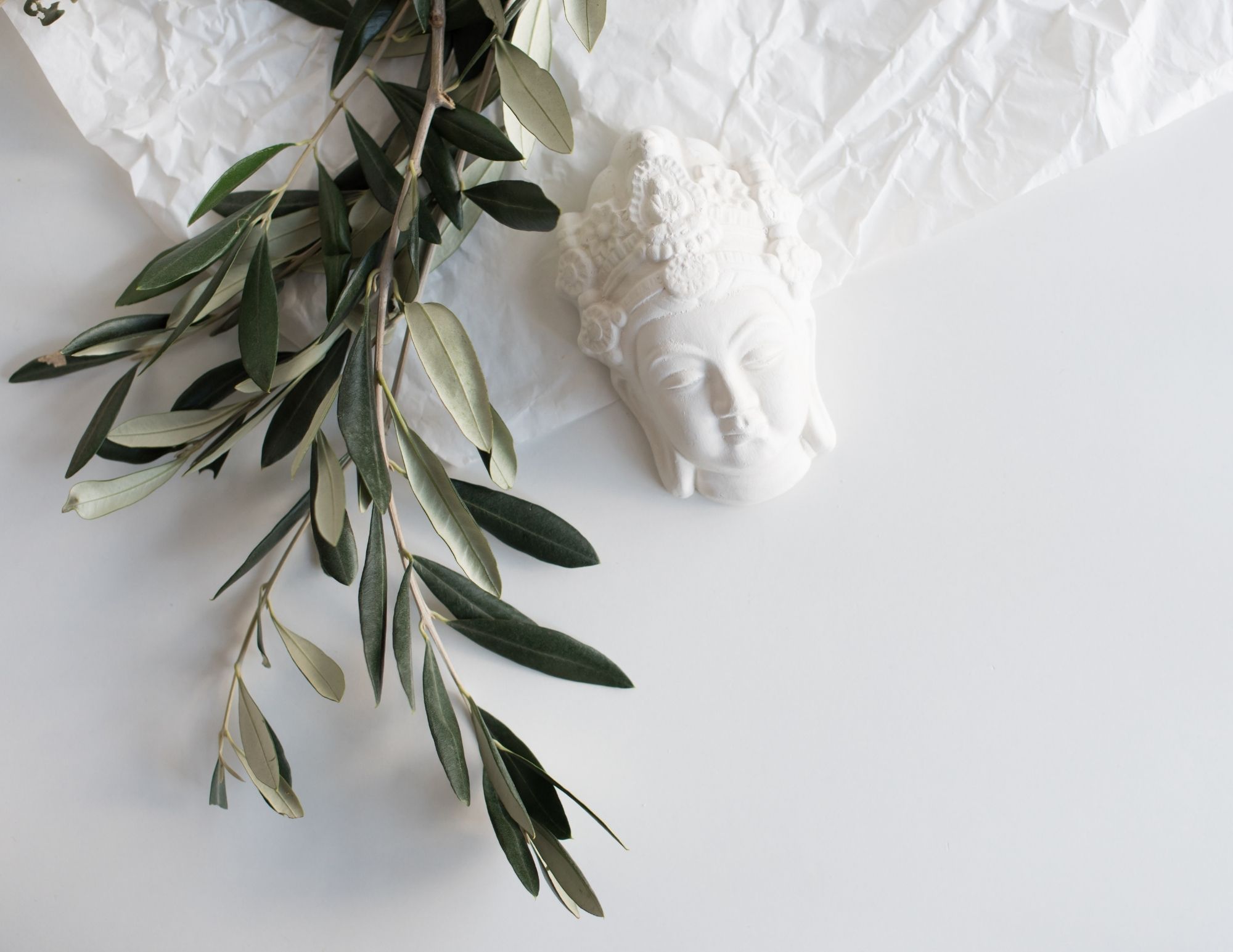
Before I can dig into Mindful Design I first want to be sure you have an accurate understanding of what Mindfulness is.
Although it’s a relatively new buzz word in western culture, mindfulness has been practiced for thousands of years.
Rooted in Buddhism, as seen in ancient text, the Buddha was the first to use the technique to attain Nirvana. He then laid out the guidelines for the practice and advised practitioners to focus on four foundations of experience…
- The Body (e.g. the Breath)
- Sensations or Feelings
- The Mind/Consciousness
- Mental Contents
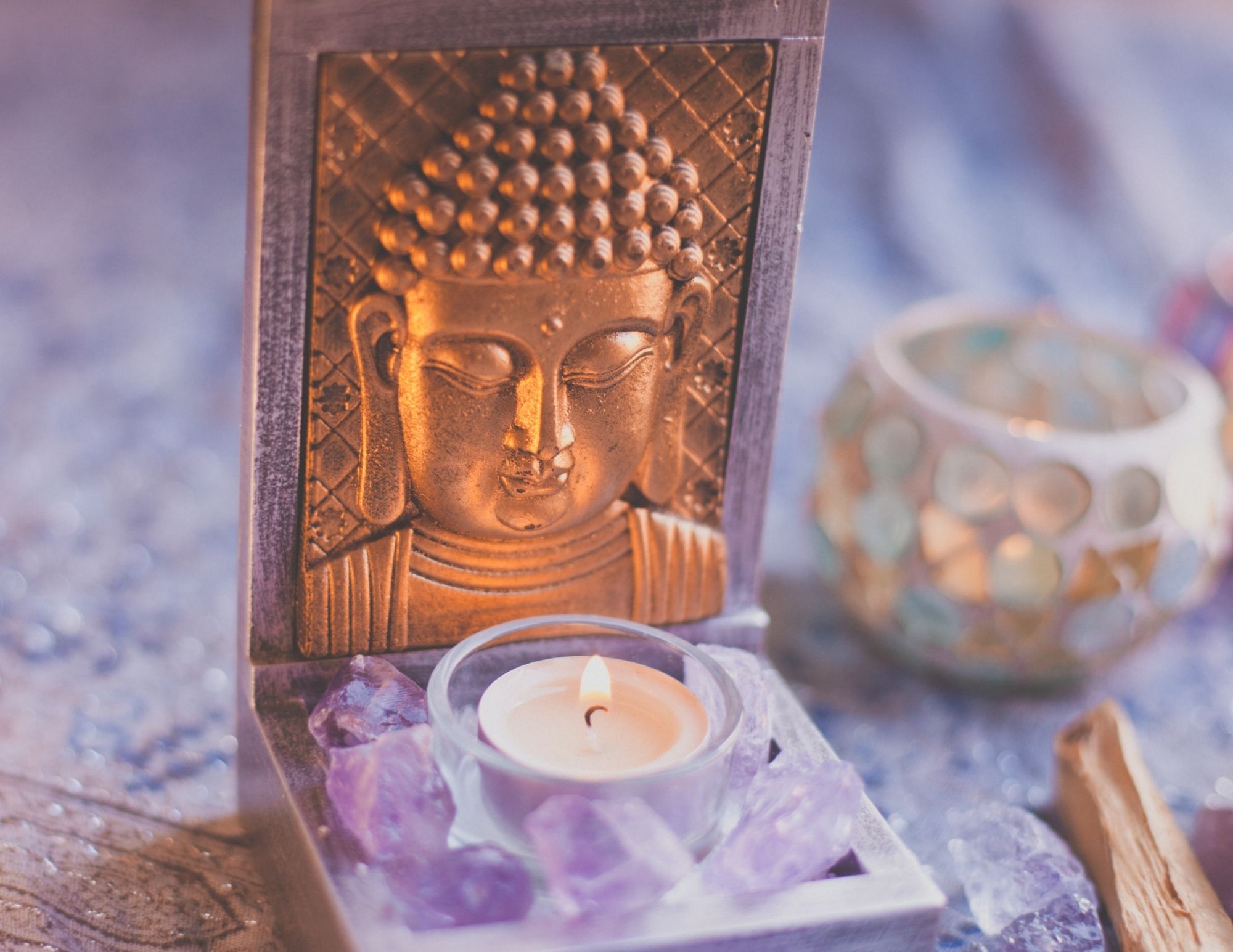
In 1979, Dr. Jon Kabat-Zinn brought Mindfulness to the forefront in the west when he integrated a better way to work with patients suffering from stress, anxiety, depression and pain. He’s the creator of (MBSR) Mindfulness Based Stress Reduction and the founder of the Center for Mindfulness in Medicine, healthcare and society at the University of Massachusetts Medical School.
MBSR is based on a Buddhist meditation called Vipassana which, when translated to English, means “clear awareness”.
It was during a meditation that the concept for MBSR came to mind and it has now been integrated around the world, proving to be a cornerstone for mental health.
In the words of Kabat-Zinn, Mindfulness is “the awareness that arises from paying attention, on purpose, in the present moment and non-judgmentally.”
The idea is to focus on the breath to cultivate attention to the mind and body, as it is moment to moment. This helps with both physical and emotional pain and provides the framework for a more balanced and harmonious life.

Often, we find ourselves walking through life on autopilot, and most often we are not in touch with our breathing.
In fact, when we’re stressed, overwhelmed or deep in thought we tend to hold our breath instead of letting it flow easily and gently through our bodies. The next time you are feeling overwhelmed simply take notice of your breath and you will see what I mean.

We are always breathing, so when we can focus on our breath it provides a focal point for our attention in the present moment.
Our minds and bodies are intertwined but we are living our lives in our thoughts rather than in the experience we are having in that moment.
Grounding ourselves in the Now enhances our lives in a multitude of ways and it’s not just for people suffering from anxiety or depression.
When we’re present, life becomes more enjoyable and fulfilling. Time seems to grow and happiness levels peak. We become more aware of our daily habits and are better able to make healthy choices.

Present moment awareness first came to me while in college over 20 years ago.
Oprah introduced all of us to Eckart Tolle and I immediately ran out to buy his book. Although it resonated with me I wasn’t 100% clear, nor was I ready.
It wasn’t until years later when I finally put into place a recipe of tools to use each day and made a commitment to myself to stay consistent that I began to see the beauty of my own true nature and of life itself.

Mindfulness cultivates self-awareness, unlocking hidden potential.
It strengthens our natural instincts allowing us to respond rather than react to the world around us.
How many times have you snapped at someone for asking an innocent question while you were busy daydreaming?
You reacted because you were preoccupied in your thoughts but if you were fully present, that same question could be answered calmly and without frustration.

For me, staying focused and learning to respond rather than react was my main goal.
I grew up in a home where reacting was quite normal. We didn’t have the healthiest communication patterns and that spilled over into my early adult years.
This was highlighted for me as I began working as a counselor to inner city youth in Phoenix. I worked in a group home for girls integrating back into the mainstream after spending time in juvenile detention. This was a true test of respond vs. react. This environment lent itself to the unexpected and allowed me to dig deeper to understand how to be affective in my role.

The stress of this job and a full-time school schedule took a toll on me. To top it off my parents were going through a divorce after 40 years of marriage.
I was looking for anything that could help ease the stress and started seeing my own counselor on campus. I was studying Marriage and Family Therapy and believed in counseling as a helpful tool to get through life.
After many sessions of going back in time to discuss my life I came to realize that traditional methods of therapy might not be a good fit for me. This is where my yoga practice began and the idea of mindfulness was introduced. I practiced three times a week for 6 weeks and quickly saw the changes in my life. My grades improved and my communication patterns with those I loved became more loving and patient.
I woke up happier and more at ease to start my day. I then carried this into my work environment, helping the girls understand better ways of coping with the stresses in their young lives. Most of them were there because of the way they reacted to their environment. Teaching them to respond rather than react was one of my greatest achievements in that job.
This was just the beginning of my mindfulness journey, and believe me it’s been a long one because it took years for me to fully engage and understand exactly what was needed in order to keep me there.
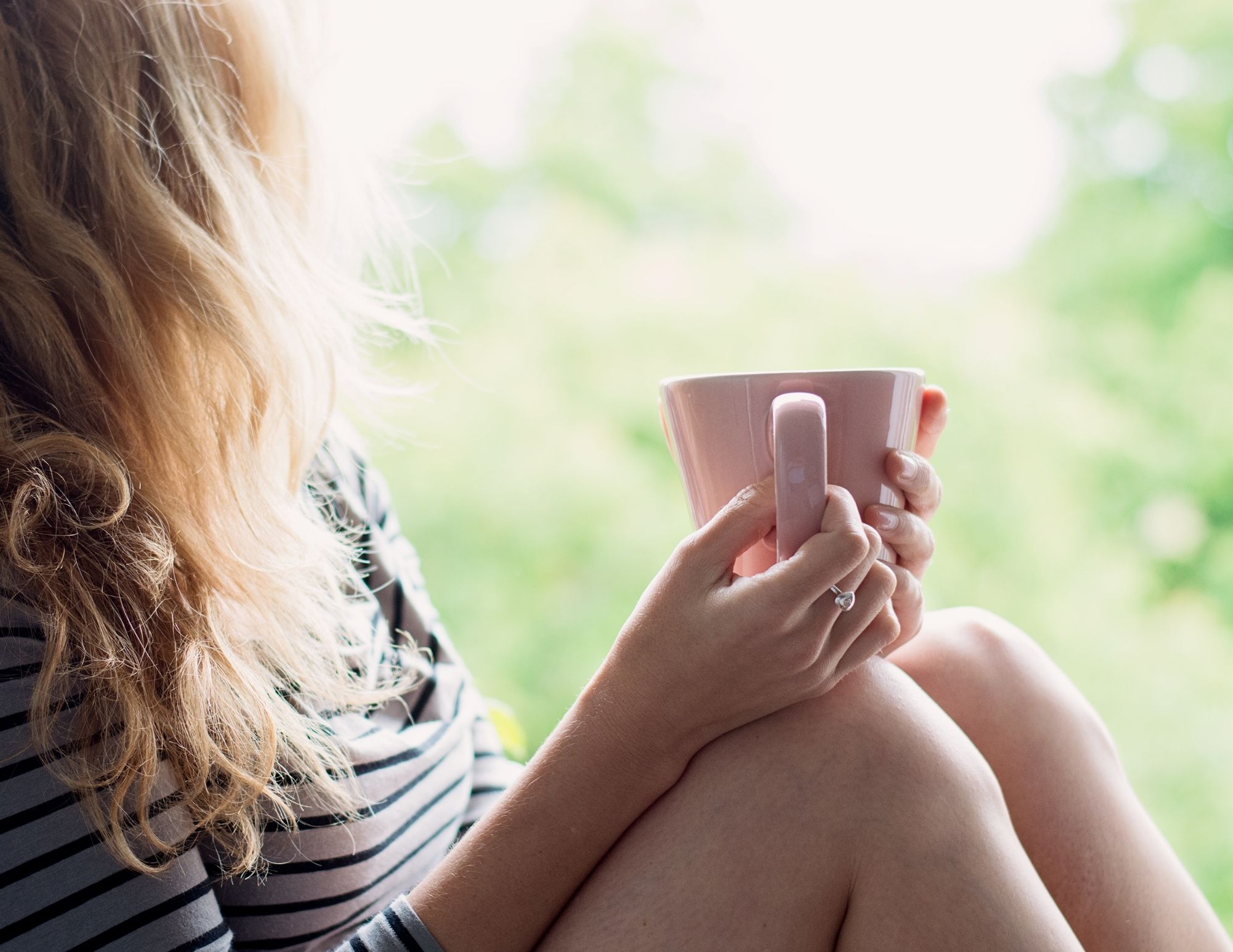
After college I lived in NYC and will confess that this was definitely not a time in my life where mindfulness was practiced. In fact, I moved along in my life for 20 years without living mindfully.
It wasn’t until I started this business 11 years ago that I knew I needed to make some permanent shifts in the way I was living.

I started by learning to meditate.
This was a frustrating process for me because, like most people, I was hung up on the concept of not thinking. I couldn’t stop the monkey brain and often gave up thinking that it wasn’t for me. Even though I had been practicing yoga for 20 years the concept of meditation was still hard to grasp.
I don’t give up easily on a challenge so I learned all that I could on meditation. The idea that I didn’t need to stop my thoughts but simply bring awareness to them changed my feelings and my journey began. I knew I needed some extra incentive and created a meditation space in my home to encourage the daily habit. Like anything else, it takes time to create new habits and consistency is key.
Each morning I began with a 2 minute meditation slowly working up to 5 then 10 and now 20. My monkey brain is in check and my life is flowing effortlessly.
I never rush like I used to and mostly it’s because aside from being more present I have a home that helps me stay that way.
Mindful Design

Now let’s dig into Mindful Design.
I love nothing more than helping people find ways to live a more fulfilling and happy life.
For over a decade I’ve spent time in countless homes designing, organizing, and staging but quickly came to realize that as a whole we’re simply not living our best lives.
Most of us are walking through life feeling overwhelmed and frustrated. And while some of us are integrating meditation, yoga and other practices to live more mindfully our homes simply don’t match up.
Simple changes to our environment can yield BIG changes in our lives.

Your life in your home should be fluid. A walking meditation moving you through each day with ease.
Mindfulness in design is about creating a harmonious flow.
Anticipating the needs of our daily lives and creating a home centered around that.
Not scrambling around looking for things, constantly feeling frustrated and overwhelmed or unmotivated.

Mindful Design means creating from a place of heightened awareness. Paying attention to details and creating spaces that promote healthy living.
While each person and home are different, we all have the same needs as humans to keep our minds, bodies and spirits healthy and thriving.
Room by room we can implement changes to enhance our sensory awareness helping to ground us in the present moment and focused on the task at hand.
One of the first things I do when I enter someone’s home that is trying to live more mindfully, is to have an honest discussion about the countless things throughout the home.
Most of the time I hear the same comments from people;
“A co-worker gave that to me so I just stuck it there” or “I don’t really like that but I spent a lot of money on it”. The list goes on and on. Justification about objects that mean nothing to us and serve no function is not being mindful.

Even worse these items are taking up precious energetic space.
The first step to living more mindfully is to know what’s in your home and keep only what you need or love.
Each room in the home can be set up to engage the senses and promote mindfulness on a daily basis.
In the upcoming weeks I’ll be posting tips room by room to help you create a home to bring you into the present moment, nourish your relationships and bring harmonious flow to your daily routine.
> Are you looking for a better morning routine?
> Trying to engage in meditation but can’t quite get into the habit?
> How about mindful eating?
All of these things and more will be covered as I guide you on a journey to completely change the way you live simply by changing your home environment.
A mindfully designed home encourages a mindfully designed life.
“Wherever you go, there you are”
– Jon Kabat-Zinn
